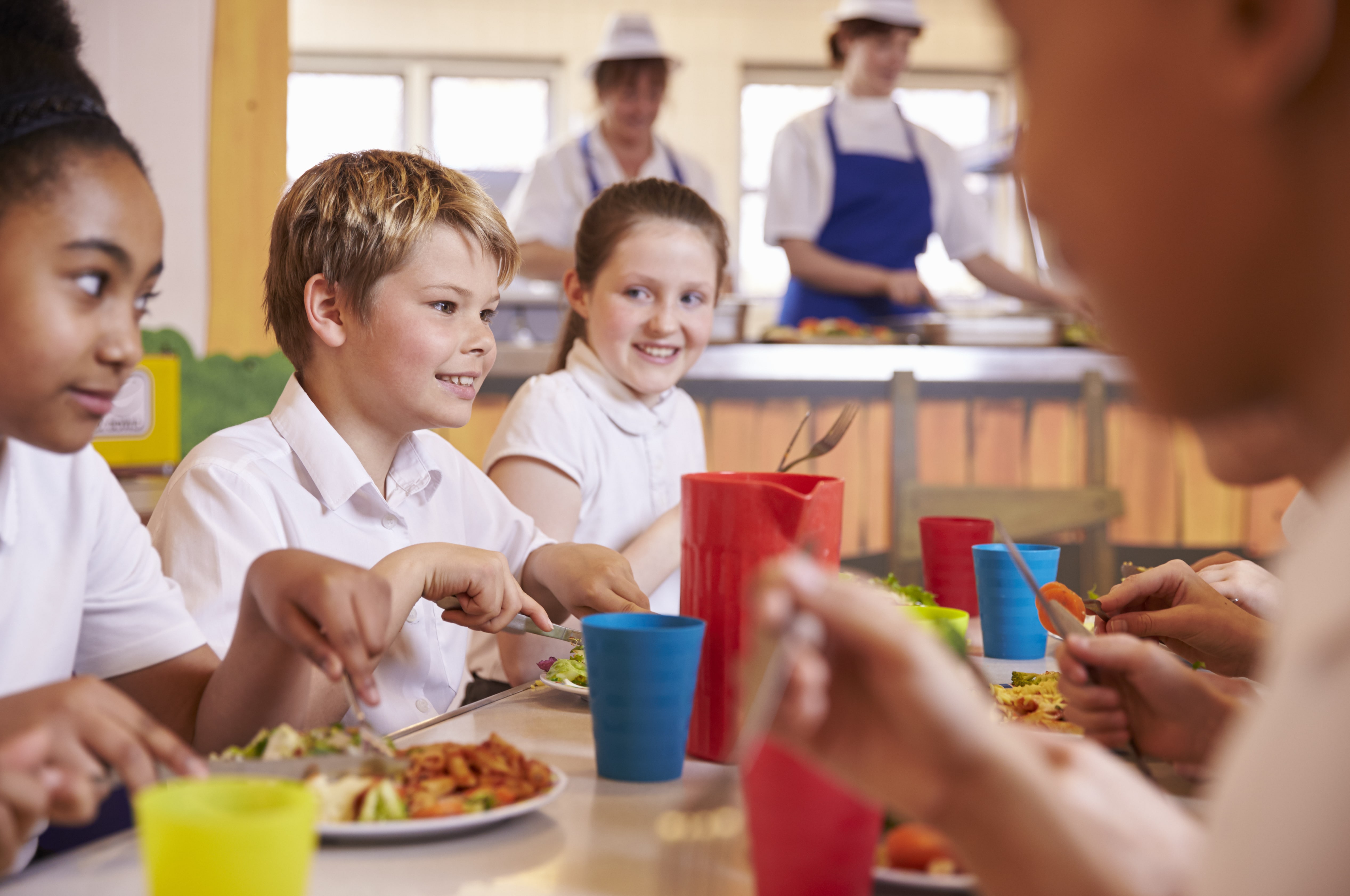
Most children in the UK have not been to school since March when the country went into lockdown. While some year groups returned before the summer, the majority attended virtual learning sessions from their home.
Now, six months later, they are going back to the class rooms and many schools have spent the summer getting ready to ensure a safe return to learning.
UK-based foodservice consultant Julian Edwards FCSI, owner of GY5 consulting firm, has used his expertise to help schools prepare to adhere to distancing and hygiene guidance while providing a good foodservice offer.
“Our biggest activity since March 2020 has been to support caterers and schools with their business and financial relationships. This has proved beneficial and steered many a dispute away from what could amount to a contract review,” he says. This exercise has included providing advisory guides on finances, contracts and interim measures.
“For the new term we have been consulting with all partners to ensure systems are in place, the menu, service styles and return to work for furloughed personnel is organised and is as financially efficient as possible.”
Staggered breaktimes
The government was clear from the summer break that it intended for all pupils to return to school in the Autumn, giving schools and foodservice operators some time to get ready.
“Schools have been working extremely hard over the last few months,” says Edwards. “Most that we work at have been running a limited service and therefore have had a great opportunity to create customer flows, sanitising stations with pick up and waste points.”
Preparations for the return to school have included agreed time slots with classes or tutor/year groups, a limited menu offer, staggered service times; hot pot meals, packed lunch grab bags and use of disposable packaging.
Key to a smooth service is a staggered system for break times. Edwards points to the change from a pre-pandemic break schedule – breakfast, midmorning-break and lunch at set times. As pupils return now there will likely be different times and different sections for specific year groups.
“A typical high school, with till stations, will need to spread the service times and allow for cleaning while for primary schools most operator are looking to deploy food and drink at agreed points for student bubbles, such as class rooms or sections of the dining room,” he explains. “Hopefully the traditional lunch times will not be adversely affected.”
A whole different picture
As schools attempt to navigate this transition to a more normal time, parents, pupils and teachers will experience some apprehension. Edwards says schools need to be aware that kitchen staff will be doing their level best to provide a great service while under immense stress to maintain heightened food safety.
“Schools main concern is the health and wellbeing of pupils and staff; and rightly so,” he says. “Showing compassion and support for all team members will be invaluable. At the same time the all in it together attitude will lighten the load for many.”
For the majority, he says, this new term will be a whole different picture. “The sheer volume of students and staff, when all are back on site, will test all the processes and procedures that have been put in place,” he explains.
In most cases schools and caterers have agreed to see how it all goes and adapt accordingly. As Edwards concludes, “the autumn term of 2020 will be a true test of agility and flexibility.”
Tina Nielsen
